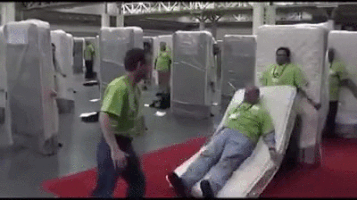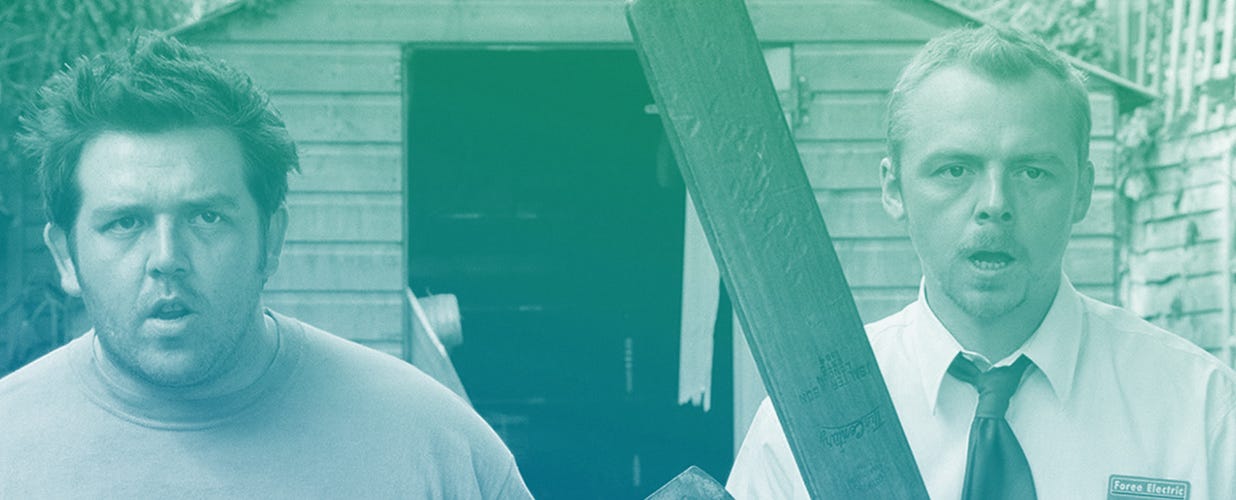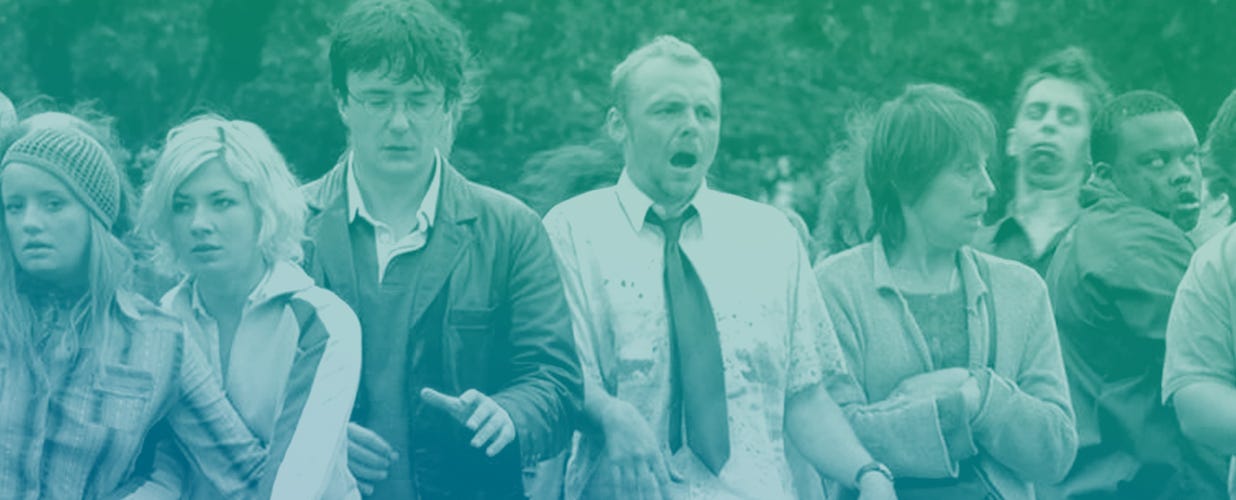Should We Leave Spanish Behind In The Tech Community?

World Economic Forum recently published an article that Lisbon was aimingat becoming the next unexpected tech hub in Europe, just like Ireland has become the last decade.
Lisbon is a great city with an increasing number of tech startups, now hosting the Web Summit, and the government recently made an investment fund of 200 million for early growth companies. All of this is great, but they’re missing something Ireland had all along. English.
Barcelona is way ahead of Lisbon in becoming the leading European tech hub along the Mediterranean. We’re talking in amount of VC’s, accumulated investment, amount of startups, accelerators, incubators, I could go on for a while.
But like up and coming Lisbon, Barcelona is also missing one vital element.
- English.
Boosting the expat community
It’s not that people in Barcelona in general are lacking English skills. As a person that’s learning Spanish, I think people’s skills generally are too good, it makes me learn the local language much slower.

It’s more about the willingness to adopt all the great activity in the tech ecosystem from Spanish to English.
There’s too many interesting events and meetups around Barcelona that are done in Spanish. And there’s too many expats, digital nomads and visitors that aren’t able to attend.
The more active people, the stronger an ecosystem is, and if we want Spain and Barcelona to grow one of the strongest communities in Europe, we need everyone we can get our hands on.
Barcelona is already attracting a lot of talent from abroad, but I’m sure more people would set up shop if they knew they could survive with only English, everything to make the transition easier.
An old man’s problem
Before writing this article I talked with many local entrepreneurs and developers in Barcelona. I was a bit hesitant to ask them the question, I don’t want to come as a guest, asking them to abandon their language.
But everybody I talked to agreed. Spanish is great, but the tech community would benefit from being solely in English.
The people I spoke to were young people, and I think I would get another answer from some of the older generations of entrepreneurs, which unfortunately is where the power often lies as well.
At itnig we’re many Spanish people, and the lunch chat is usually conducted in Spanish. But all of our events, media and content are in English, and all of our employees can at any time switch over to English.
That’s why many of our recent hires has been people from outside Spain: Lithuania, England, Germany, Italy, Norway, etc.
Far from a Spanish thing
Before writing this post, I was aware that this is a topic you either agree or disagree with. You hate it or like it.
Either way, I think it’s important to know that this is not a Spanish challenge (if it is a challenge at all), it’s a concern all entrepreneurs living outside an english speaking country should address, at least consider.
Both Berlin and Paris are thriving startup hubs in Europe, and their tech communities are growing rapidly, despite German and French being the main language. But Barcelona (and many other cities) doesn’t have the privilege of being financial and economic centers in Europe, and to speed up the development of the current ecosystem, a common language might be helpful.
According to EDCi (European Digital City Index) Stockholm and Copenhagen ranks as the 2nd & 7th best cities on the continent.
If you research some of their biggest startup communities like #CPHFTW in Copenhagen, or SUP46 in Stockholm, they’re all communicating in English, making it super easy for all kinds of people to join in.
Amsterdam and Helsinki are the 3rd and 4th countries on ranking. All of these countries are known for good english skills, the EDCi even lists it as a criteria for ranking so high.
Small, but necessary step
Many would probably argue that there’s other more important things to change or improve to boost Spain and Barcelona as a tech friendly environment, than increasing English as a working language.
- Friendlier tax regulations would certainly help.
- More access to venture capital would be fantastic.
- And for more established tech companies relocating to the city could also be great.
My idle theory is that a broader use of English could make all of the above happen faster.
Huge tech companies would be more likely to relocate if they knew they could operate in English.
This again would stimulate the ecosystem, and more VC’s would open their eyes to Spain, and know that they could operate deep in the community without worrying about language.

And in the end, if key tech players together with an increasing amount of VC’s establish themselves in the country, the authorities would eventually follow and adapt.
A Spanish ecosystem where English is the main community language wouldn’t fix everything, it’s always a work in progress, but it’s about putting up the right domino so all the others follow.
Do you have NO national pride??
Please, I understand that you’re proud of the Spanish and Catalan languages, they are beautiful, complex and huge – bigger than English.
If Spanish was the spoken language by Silicon Valley companies, and most tech hubs around the world, my argument would be different, but right now all are more or less done in English.
I would never want anyone to stop speaking Spanish to their friends and family. Like I’ll never stop speaking Norwegian with my friends.
But it’s about breaking down barriers for business, including people in the ecosystem and making it easier for both tech giants and small startups to relocate to beautiful Spain.
I think it’s a matter of time, but why not speed it up?



